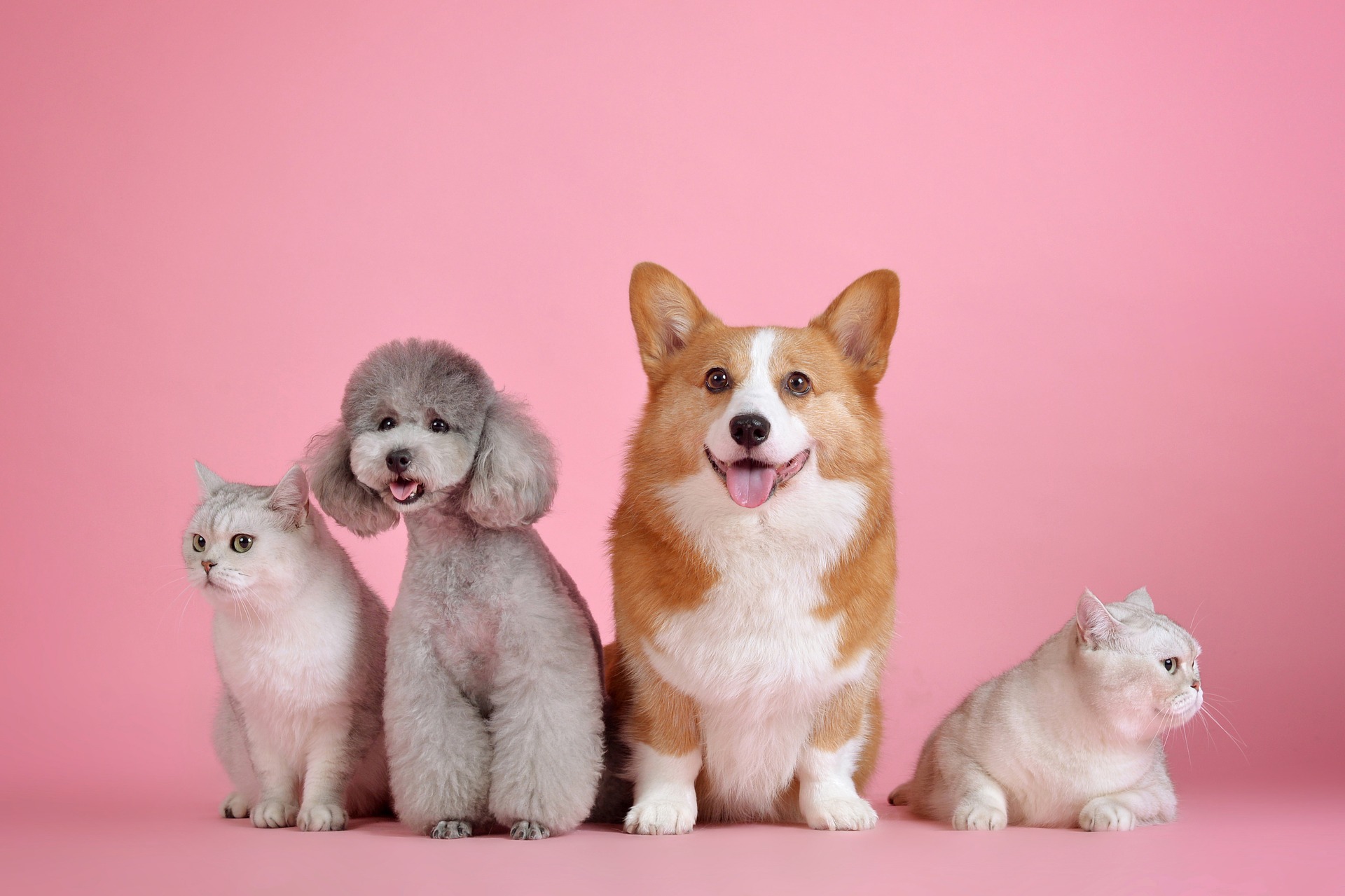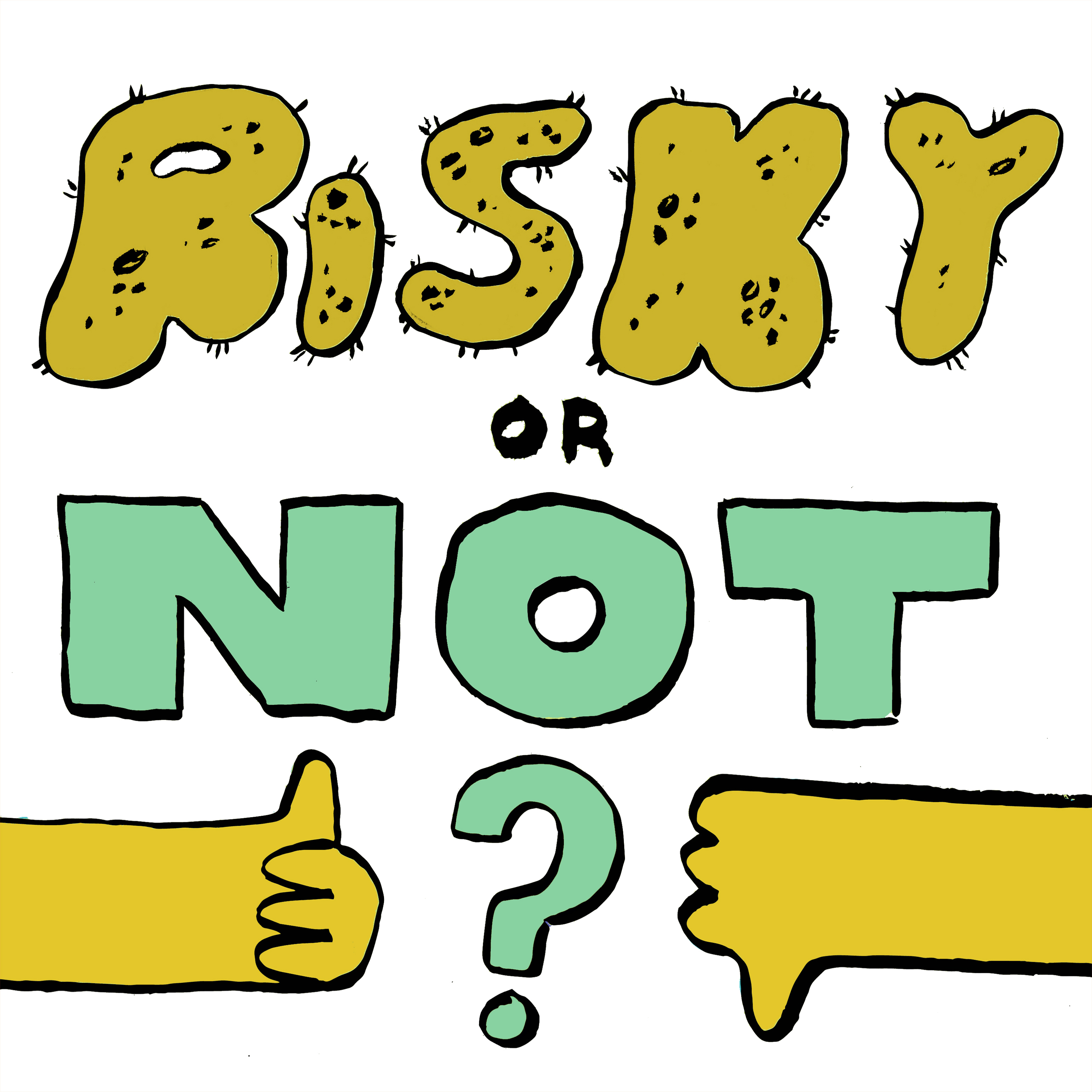Risky or Not: Pets in the Kitchen
go.ncsu.edu/readext?867644
en Español / em Português
El inglés es el idioma de control de esta página. En la medida en que haya algún conflicto entre la traducción al inglés y la traducción, el inglés prevalece.
Al hacer clic en el enlace de traducción se activa un servicio de traducción gratuito para convertir la página al español. Al igual que con cualquier traducción por Internet, la conversión no es sensible al contexto y puede que no traduzca el texto en su significado original. NC State Extension no garantiza la exactitud del texto traducido. Por favor, tenga en cuenta que algunas aplicaciones y/o servicios pueden no funcionar como se espera cuando se traducen.
Português
Inglês é o idioma de controle desta página. Na medida que haja algum conflito entre o texto original em Inglês e a tradução, o Inglês prevalece.
Ao clicar no link de tradução, um serviço gratuito de tradução será ativado para converter a página para o Português. Como em qualquer tradução pela internet, a conversão não é sensivel ao contexto e pode não ocorrer a tradução para o significado orginal. O serviço de Extensão da Carolina do Norte (NC State Extension) não garante a exatidão do texto traduzido. Por favor, observe que algumas funções ou serviços podem não funcionar como esperado após a tradução.
English
English is the controlling language of this page. To the extent there is any conflict between the English text and the translation, English controls.
Clicking on the translation link activates a free translation service to convert the page to Spanish. As with any Internet translation, the conversion is not context-sensitive and may not translate the text to its original meaning. NC State Extension does not guarantee the accuracy of the translated text. Please note that some applications and/or services may not function as expected when translated.
Collapse ▲ Readers of this column know that I frequently write about topics discussed on a podcast called “Risky or Not.” In this podcast, two extension food safety specialists talk about a question they have gotten about a specific food or food practice. They look at the science and related research and give their rational for deciding if it is risky or not.
Readers of this column know that I frequently write about topics discussed on a podcast called “Risky or Not.” In this podcast, two extension food safety specialists talk about a question they have gotten about a specific food or food practice. They look at the science and related research and give their rational for deciding if it is risky or not.
The specialists our own Dr. Ben Chapman from N.C. Cooperative Extension and Dr. Don Schaffner from Rutgers in New Jersey. Both professors are pet lovers and both have dogs. During the pandemic when they were producing the podcasts from their home, the dogs could frequently be heard on the podcast. I’m telling you this because pets in the home have been the topic of several podcasts.
Episode #115 Cats in the Kitchen
The question was about cats in the kitchen and occasionally on the counter top. Both professors agree that this is NOT RISKY. They do admit that it’s best to try to keep animals off the counter tops and tables. But admittedly cats are hard to control.
They do mention that cats are a risk for toxoplasmosis. Pregnant women should not clean litter boxes due to risk from this parasite. But, just having cats in the house is not a risk factor for pregnant women.
Having an animal is riskier from the pathogen perspective. But, then, there are also positive reasons for having pets such as stress reduction.
Episode # 120 A Dog Licked Plate
They discussed the practice of letting your dog lick a plate, after you’ve finished eating from that plate. Again, the professors say that this is NOT RISKY. But the plate then needs to be washed, cleaned and sanitized. No data says this is a human health issue. They did say that they are not veterinarians but caution that owners should talk with their vet about giving human food to animals
Pets can share pathogens with people if they are sick. It’s riskier hugging and sleeping with your pet than allowing them to eat off a plate that will then be washed afterwards.
Episode #269 Cat Licked Cake
This discussion was about eating a cake after a cat licked it. Both professors agreed that this is RISKY.
There may be pathogens on the cat’s tongue. These pathogens could get on the cake and then the human could get it if they ate the cake. They mentioned several pathogens that could be on a cat’s tongue including giardia, campylobacter, hookworm, ringworm, salmonella and toxoplasma gondii.
Although cats can be great companions, they can cause illness in humans. Cats frequently clean themselves and could transfer these in cat saliva to the people. Wash hands frequently when handling cats or if the cat licks you. Don’t eat share food with your cat.
They recommended a CDC publication on Cats Healthy Pets and Healthy People.
Episode #284 Dog Kisses
Both professors agree that getting kisses from your dog is NOT RISKY. However, there is an illness called Capnocytophaga that you can get from your dog. They recommend visiting the CDC webpage on this topic.
There was also a discussion on if this is your dog or someone else’s dog. Because of your close relationship to your animal, you’re already exposed to much of the same pathogens.
They do caution If you’re at risk or immune compromised you might want to avoid dog kisses because there is a possible transfer of pathogens. They also say you don’t want “dog food” kisses, so avoid kisses from the dog right after they’ve eaten.
They concluded that there is a hazard in dog kisses, but there is low probability.
While I’ve tried to summarize these episodes, sometimes the nuances are in the discussions. If you’re interested I these topics, I encourage you to listen to the complete podcast.
“Risky or Not” episodes are short with each edition about 10 minutes. They usually post a new episode several times a week. There are also show notes for each podcast, so you can read the research yourself to understand the risks and how they made their decisions. To listen or see these notes go to riskyornot.co (yes, that’s co not com).
Syracuse is a Family and Consumer Science team member and can be reached at N.C. Cooperative Extension, Brunswick County Center 910-253-2610 or by email at Cheryle_Syracuse@ncsu.edu




